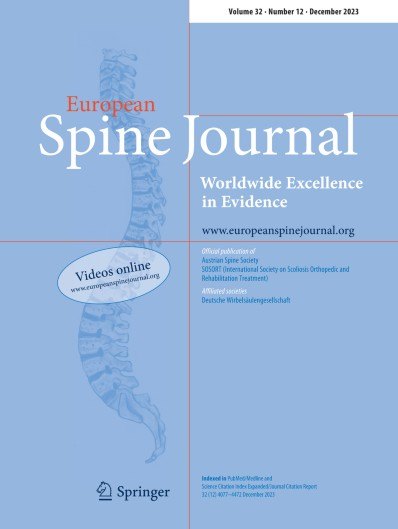
Lower fusion rates observed with Trabecular Metal versus Smith-Robinson for ACDF

Lower fusion rates observed with Trabecular Metal versus Smith-Robinson for ACDF
Clinical and radiological evaluation of Trabecular Metal and the Smith-Robinson technique in anterior cervical fusion for degenerative disease: A prospective, randomized, controlled study with 2-year follow-up
Eur Spine J. 2010 Mar;19(3):464-73. Epub 2009 Sep 18Synopsis
80 patients scheduled to undergo anterior cervical decompression and fusion (ACDF) were randomized to receive an application of porous tantalum metal (TM) trabecular graft or the standard Smith-Robinson (SR) iliac crest autograft. Patients treated with TM were observed to have lower fusion rates compared to those treated with SR. Both treatments had similar clinical outcomes in the 2 year study pe...
To view the full content, login to your account,
or start your 30-day FREE Trial today.
FREE TRIAL
LOGIN
Forgot Password?
Explore some of our unlocked ACE Reports below!

Learn about our AI Driven
High Impact Search Feature
Our AI driven High Impact metric calculates the impact an article will have by considering both the publishing journal and the content of the article itself. Built using the latest advances in natural language processing, OE High Impact predicts an article’s future number of citations better than impact factor alone.
Continue



 LOGIN
LOGIN

Join the Conversation
Please Login or Join to leave comments.